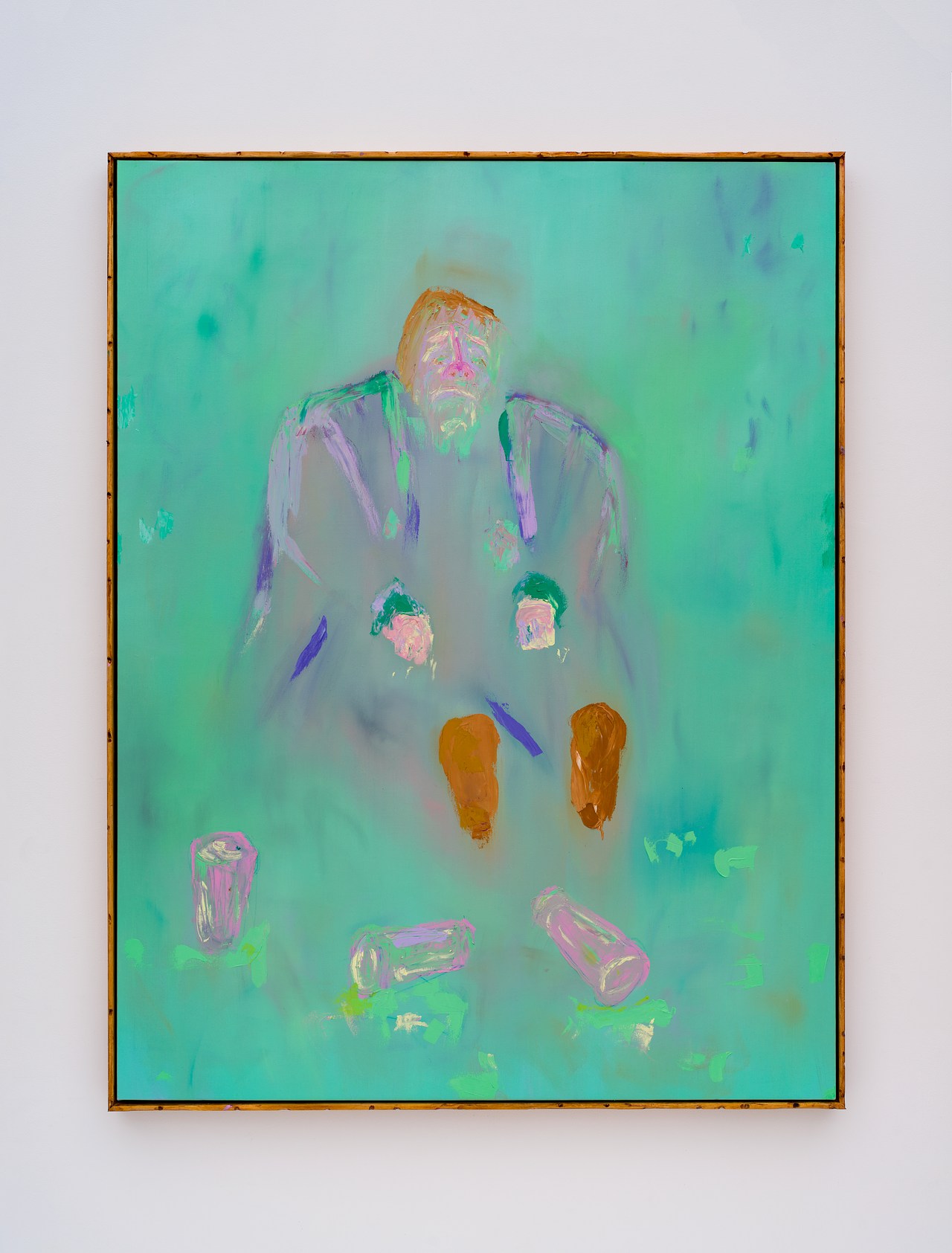At the opening of Frieze Los Angeles on Thursday, collectors and museums appeared especially keen to acquire art, with dealers reporting success in placing works in institutional collections based in the U.S. and Europe.
In their sales reports, dealers said that the return to Los Angeles for this year’s edition of the heralded fair was fruitful. Works valued as high as $3.5 million landed buyers, signaling that business was taking place at a steady pace on opening day.
A few dealers said this opening outpaced expectations. “The energy both at the fair and beyond has been contagious,” Lehmann Maupin partner Jessica Kreps said in an email to ARTnews. “My conversations with curators and collectors seem deeper and much more calculated this year. People are interested in learning more about long-lived and established careers, rather than looking out for the next best thing.”
Gagosian reported that its entire booth of nine works on paper and painting by Rick Lowe sold within the fair’s opening hours. Antwaun Sargent, a director at the gallery’s New York locations, told ARTnews that the fair’s results indicate that excitement over the artist “only continues to grow.”
It was not just mega-dealers who saw multiple works by attention-grabbing artists sell out in the early hours. London’s Victoria Miro reported that 18 paintings, each priced at under $80,000, sold from its solo booth of new work by Doron Langberg.
Copyright
© Art News
















